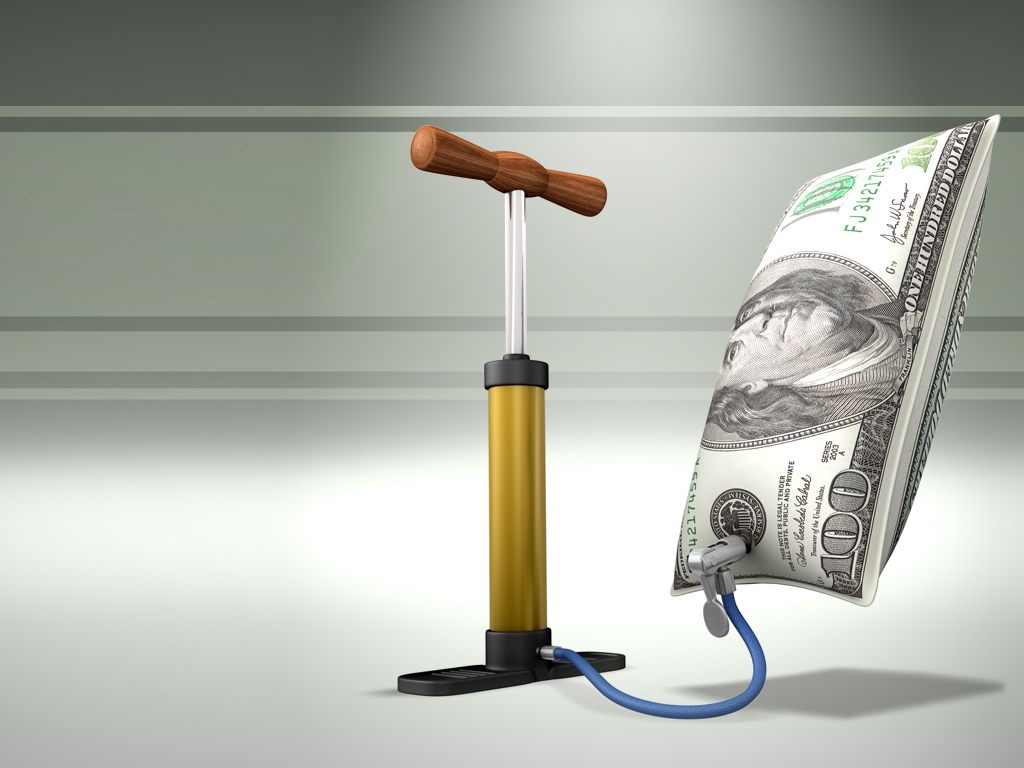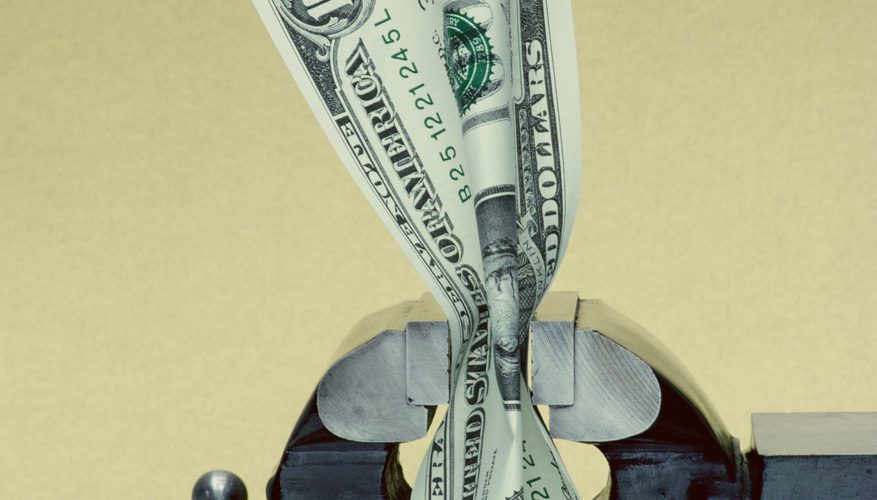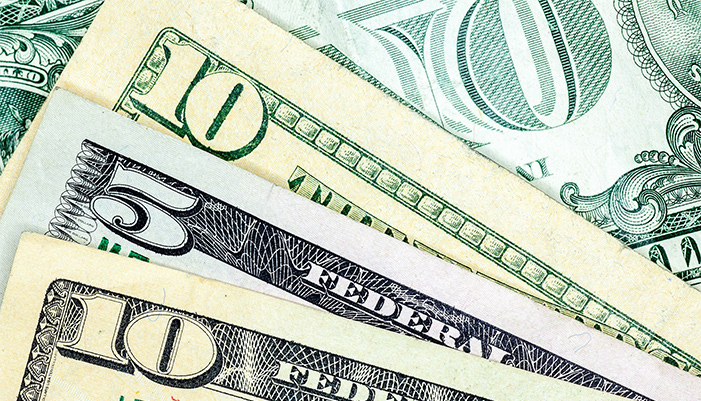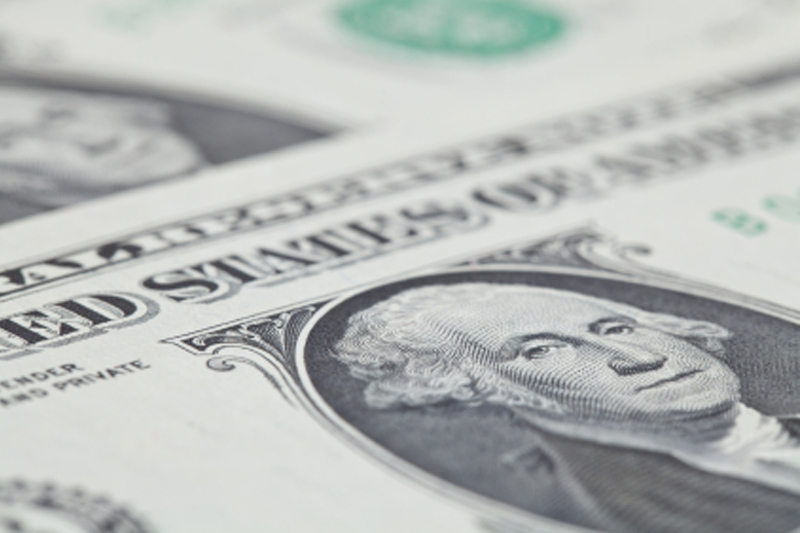The American dollar is rightly classified as the most stable and reliable world currencies. The history of this currency consists of many facts and events that predetermined this state of affairs. For example, until the outbreak of World War II, prices for goods and services in the United States of America were remarkably stable. The exceptions are periods of hyperinflation, which were caused by huge financial investments during the War of Independence in 1775-1783 and costs during the Civil War of 1861-1865.
In addition, the US financial system has several periods of deflation, or negative dollar inflation. These segments include the economic crises of the 40s and 70s of the nineteenth century, as well as the Great Depression.
US inflation after the end of World War II
Over the next forty years, after the end of World War II, a permanent increase in the price index was recorded in America. The inflation rate of the dollar exchange rate reached a particular pace from 1973 until the early 1980s. Experts say the main reason for the price increase in this period of time is the introduction of OPEC restrictions on US oil supplies.

In addition, other factors of dollar inflation were:
- termination of the practice of exchanging American currency for gold at the established rate;
- devaluation of almost 8%;
- transition to the use of floating exchange rates of other monetary units.
United States Consumer Price Index
The consumer price index is one of the main and most objective indicators that characterize the level of US dollar inflation. Since 1919, consumer price index data has been published monthly by the US Department of Labor Bureau of Statistics. To determine this indicator, the method of measuring the change in the value of certain goods and services in densely populated regions of the country is used. This takes into account the total income of consumers and part of this income spent on purchases.

It should be noted that the published consumer price index primarily indicates the cost of living in a particular region of the United States. At the same time, the statistics of each month are traditionally the benchmark that serves to determine the level of dollar inflation in the country. It is worth noting that during the use of the consumer price index, the methodology for determining it has repeatedly changed.
At the same time, existing financial and economic conditions, as well as other factors, were taken into account. For example, during the years of armed conflict, the level of consumption of products of a certain category decreased. Also, the methods of calculating the price index were influenced by relevant information from the population census, as well as the transformation of consumption conditions.
The absolute change in the value of goods and services
It will be appropriate in this material to give examples of the absolute change in the value of goods and services. But first, it should be noted that, according to statistics, from 1957 to 2007. The consumer price index in America has grown more than seven times. At the same time, it should be borne in mind that for some goods or services this indicator may be even higher or vice versa less. Analysis of the available data makes it possible to estimate the level of dollar inflation by years.

So, the 50s of the last century, the cost of a postage stamp in the United States was 3 cents, and in 2007 - 41 cents. Thus, the price of this product increased by almost 13.7 times. Another example. McDonald's restaurant chain Big Mac hamburger first went on sale in 1962 and then cost 45 cents.Currently, the price of this sandwich is $ 3.22. Thus, the hamburger increased in price by 7.1 times, which is comparable with official statistics on the growth of the consumer price index for the specified period.
By the way, it will be emphasized that the reputable economic journal The Economist, in its assessment of the purchasing power of various currencies in more than 100 countries of the world, uses the so-called Big Mac Index, or Big Mac Index.
One more example. At the time of the launch of the Motel 6 hotel chain in the city of Santa Barbara (California) in 1962, the cost of a simple room was 6 US dollars. By the way, this fact was emphasized in the name of the motels. At the moment, the price of daily rent of similar apartments is 110 dollars. Thus, the cost of a room for half a century has grown by 18.3 times.

State guarantees
In conclusion, it is necessary to emphasize one important detail. In America, along with US dollar inflation and rising consumer price index, the minimum wage guaranteed by law is also increasing. So, the minimum wage in 1950 was 75 cents per hour. In 2007, this figure was 5.85 dollars per hour. That is, the statutory minimum wage increased by 7.80 times. In addition, in 2008 this indicator amounted to 6.55 dollars per hour, and already in 2009 - 7.25 US dollars per hour.
